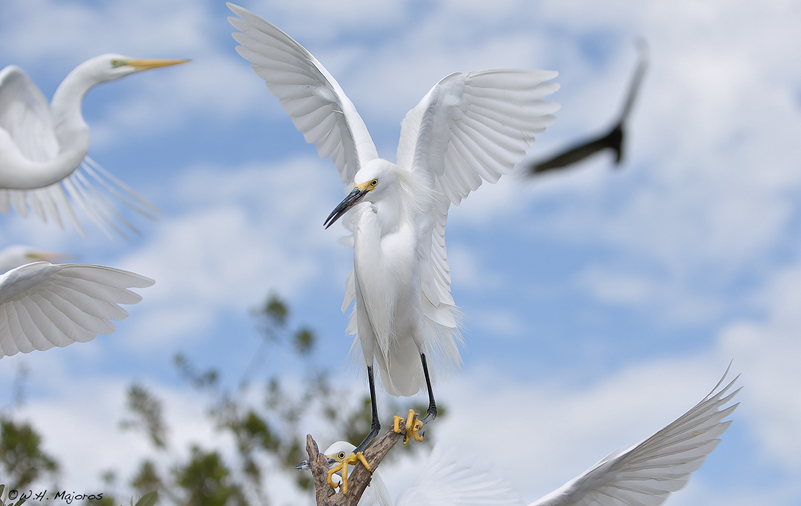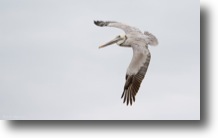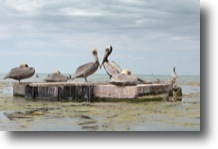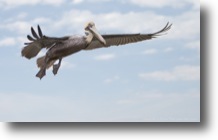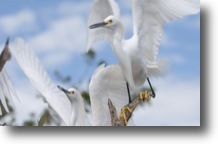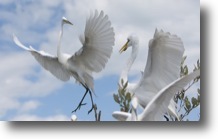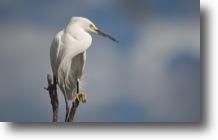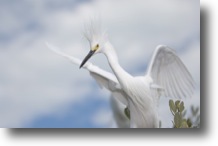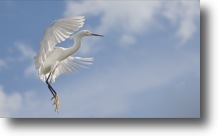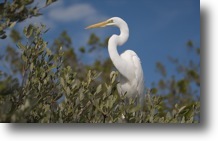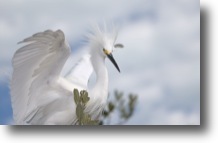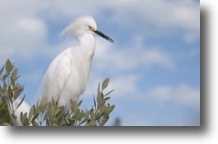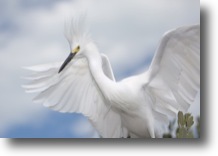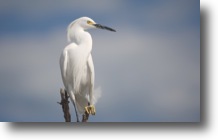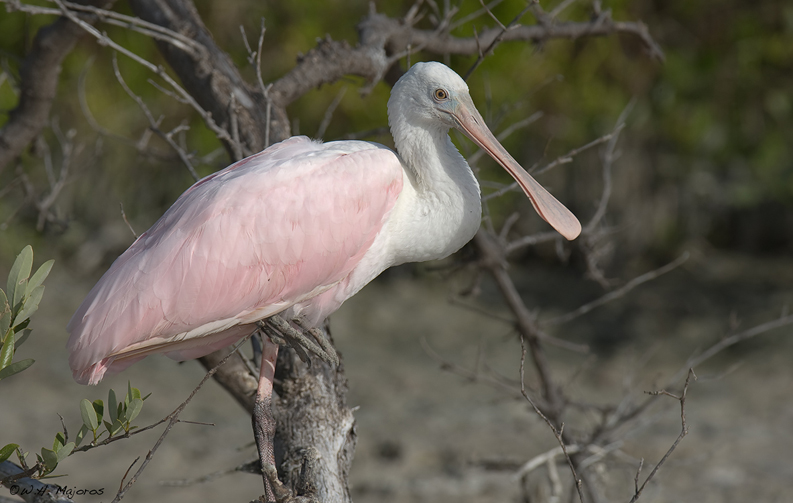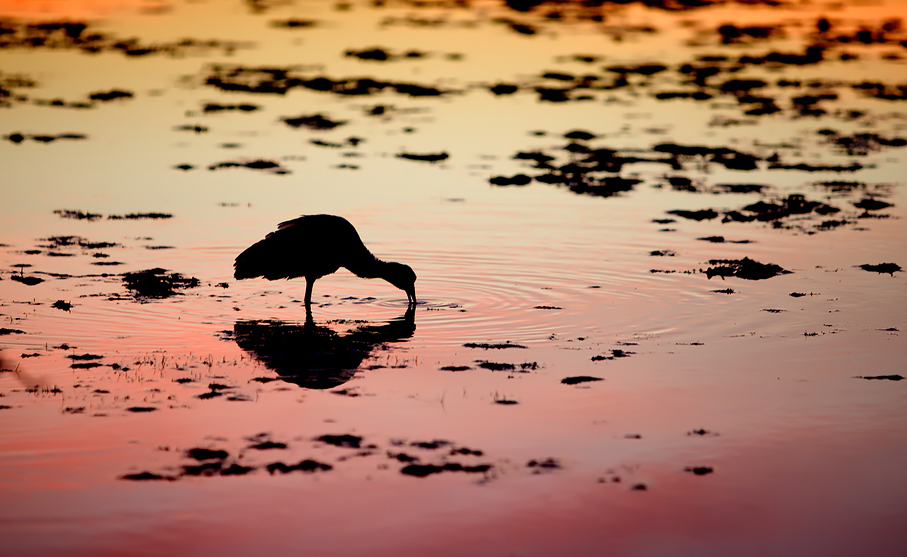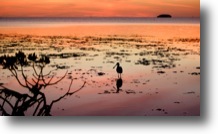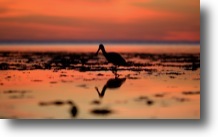
| home | day 1 | day 2 | day 3 | day 4 | day 5 | day 6 | day 7 | day 8 | day 9 | day 10 | day 11
Day 1
March 7
Florida keys
1114 photos
This
morning I awoke with my dear 14 year-old labrador, Kelsey*, in a cheap hotel in Orlando, after
having spent all day yesterday driving down from North Carolina via
route 95. I then spent the morning driving south from Orlando
through Miami and then on to the Florida
keys, the chain of ancient coral islands extending southwest
from the southern tip of the peninsula. I proceeded through the
towns of Key Largo and Tavernier to a bridge where I remembered that my
dog had enjoyed a good swim last year. I decided to stop again,
to stretch my legs and let her have an hour of fun in the warm tropical
waters. Then I turned my attention to the more serious business
of birding.
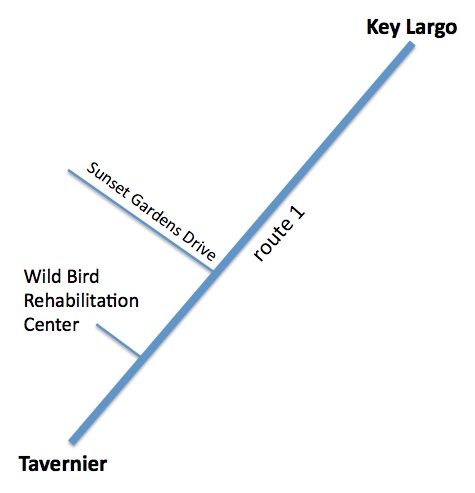 The wild bird rehabilitation center is just off route 1, on the right, just before entering the town of Tavernier. It’s not well- marked, so be careful not to miss the entrance. Keep an eye out for Sunset Gardens Drive, and then make the first right after that. Last year I had a real whale of a time photographing wild birds at the Florida Keys Wild Bird Rehabilitation Center, a nonprofit veterinarian mission operated for the benefit of injured wild birds, particularly egrets, pelicans, cormorants, and the like. The public portion of the center consists of a short boardwalk winding out to the beach, with large flight cages dotting the way. Though the center’s mission is to rehabilitate injured birds, they also have daily feedings in which they offer free food (fish) to any free-ranging wild birds that happen to be in the vicinity at the time. The local population of pelicans and egrets have grown accustomed to the afternoon feedings, and thus make a point of showing up at the center well in advance of feeding time. They loiter about the place (the pelicans out on the beach and the egrets along the boardwalk) until feeding time, and then go into a frenzy when the handlers bring out the fish. Feeding time is truly intense. There is much wing-flapping and competing for food among the birds, and with some luck you can get some truly excellent action shots of the birds. And just to reiterate, these are free-ranging wild birds (not injured birds undergoing rehabilitation), though they are being lured in by the center’s staff via bait. CLICK TO ZOOM
Feeding time at the wild bird center can be intense! (1/1000sec 70mm f/3.5 ISO100) Today I arrived at the center at 1pm. I found the activity to be a bit slow. I remembered that feeding time was 3:30, so I was happy to arrive early (getting a parking space can be difficult here). It’s a pleasant place, and there are always birds around, such as the wild pelicans that literally walk right on the narrow boardwalk alongside the humans, or the odd snowy or great egret that perches in the low branches just off the boardwalk. But these static subjects aren’t the main attraction here—you can get those kinds of shots all over Florida. The attaction here is the action that occurs at feeding time. If you’re a photographer, keep in mind that the birds here are very close, so you’ll want to bring a short focal-length lens. I prefer a 70-200 f/2.8 for this site because it gives me the right range of focal lengths and is “fast” both in its light-gathering capacity (f/2.8) and in its autofocus speed. Flash is useful, but take off your fresnel extender, if you have one, to avoid clipping part of the bird when at close range. Unfortunately, feeding time can be very brief, and there’s not much room for error (i.e., getting your exposure settings right, and pointing the camera in the right direction at the right time...). I like to start out on the beach before feeding time, to shoot the pelicans coming in to the center in anticipation of feeding time. You can get them in flight as they come in to land, though getting them with the sunlight falling on them in the right way can be tricky (which means that you’ll get lots of shots with too many shadows and few shots with ideal lighting, so just try to take as many shots as possible and sort through them later). After the pelican fly-in I then head back up the boardwalk to about the midway point and wait there for the feeding envoy to arrive from the beach. When they do so, the egrets go mad in their feeding frenzy, and with some luck you can get some great action shots. This year my luck wasn’t great, and the feeding itself was somewhat abbreviated, so I was left a bit disappointed. I decided I’d just come back tomorrow and try again. And maybe the day after that too. In the late afternoon I headed back out to the beach in anticipation of the wonderful sunsets that can be seen from this location. Just a short walk south led to a tiny pond where I was surprised and delighted to find one of my favorite Florida birds, a spoonbill: CLICK TO ZOOM
Roseate spoonbill in the Florida keys. (1/300sec 600mm f/8 ISO100) The bird was clearly resting, and continued to do so all afternoon. In the early evening the bird finally flew out to the gulf where it foraged at sunset, allowing me to capture what was clearly my most colorful image of the trip. CLICK TO ZOOM
Spoonbill silhouette at sunset. (1/100sec 173mm f/2.8 ISO640) During the various lulls in activity today I did get to interact with several other photographers. Last year I had encountered almost no other serious photographers (i.e., those with a 500mm or larger lens) at this location, but this year I met several. (Note that at this site I’ve got most of my successful images using my 200mm zoom lens, not my big 600mm monster). One fellow informed me that he’d had a great time at Shark Valley (on the northern edge of the Everglades), where he’d seen tons of birds, including nests with chicks. Another fellow told me he’d spent several consecutive afternoons here at the wild bird center and had noticed extreme daily variation in bird numbers. Just last night he’d photographed many birds here on the beach at sunset, whereas this evening there was almost nothing moving. This same fellow advised me to try a site on the east coast of Florida called Wakodahatchee, which he’d found to be excellent. He also informed me that the Anhinga Trail (which I’ll be visiting in a day or two) can be excellent at sunset (unfortunately, I’ve only ever visited it in the morning). Yet another person I met today strongly encouraged me to visit Merritt Island (also on the east coast), but in the morning. Last year I visited that site in the evening, and found it to be dead. My new informant concurred that at evening it’s really not worth visiting. NEXT
PAGE
*Sadly, this was to be Kelsey’s last trip to Florida, though not her last big birding trip (she accompanied me to Magee Marsh in May 2011, just a month before she died). Her protegé Brandy is now undergoing intense training to learn how to be a photographer’s canine assistant. This primarily involves teaching her not to try to fetch the birds I’m trying to photograph. |
Read my FREE online textbook:
All photos licensed under Creative Commons. You may re-use these photos
for any purpose whatsoever, provided that you give proper and appropriate
attribution to me. You can read the fine print here.

